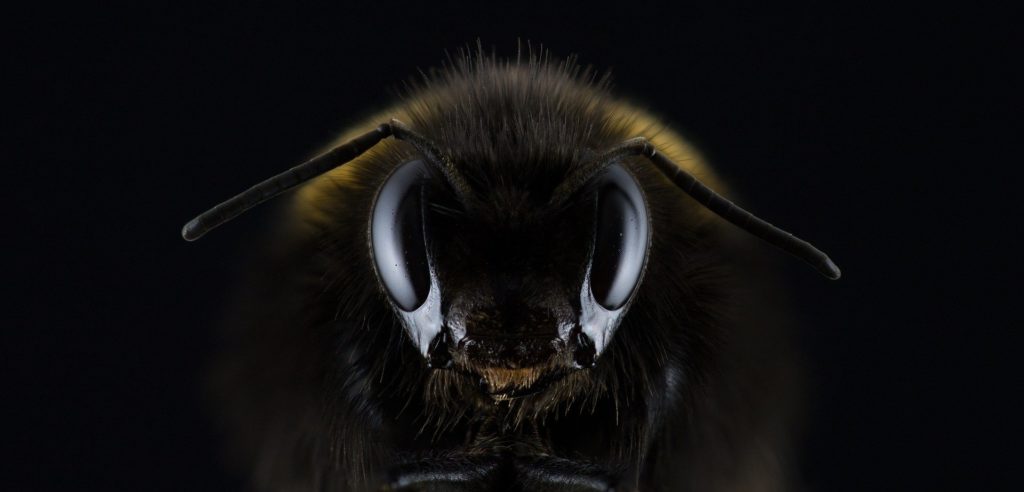New research from the University of Otago and the University of Heidelberg found that bee and human brains have some surprising similarities.

Image credits Harry Strauss.
Both human and honey bee brains generate alpha oscillations (the cyclic patterns of electrical activity neurons generate, also known as ‘waves’) with surprisingly similar properties, the study reports. The findings could help us better understand brain functions such as attention, memory, and consciousness, and point to a novel way of studying the human brain.
Bee-brained
“Experiments on humans are expensive, logistically difficult, and time consuming. Moreover, recordings from individual identified neurons are not possible in human brains. By studying the brains of bees we can overcome these limitations and apply that knowledge to research, and eventually perhaps even to treatment, of human brains,” explains Paul Szyszka, Lecturer in the University of Otago’s Department of Zoology and the paper’s second author.
Szyszka collaborated with Dr. Tzvetan Popov of the University of Heidelberg in Germany, the study’s lead author, to study the brains of regular honey bees living in outdoor hives. The duo took bees into the lab, implanted microscopic electrodes into their brains to record patterns of neural activity, and then set about stimulating them with various odors. The team would also feed these bees a sucrose solution (i.e. sugar water) from a pipette while they were exposed to certain odors.
In the end, the duo found that bees can learn to associate odors with food in a similar way to humans and other primates. They further found that the process elicited similar changes in alpha waves in the bees’ brains as have been observed under similar conditions in humans and other primates. As such, they say the findings “suggest a common role of alpha oscillations across phyla and provide an unprecedented new venue for causal studies on the relationship between neuronal spikes, brain oscillations, and cognition.”
“What we want to do now is examine how these alpha oscillations change in different situations. As a neuroethologist, I’m interested in how bees’ alpha oscillations change during natural behaviors, for example when a bee forages or sleeps,” Szyszka says.
Szyszka is now looking for Zoology or Neuroscience master students to collaborate with on continuing this research. He is particularly interested in studying the relationship between brain waves, learning, and memory.
The paper “Alpha oscillations govern interhemispheric spike timing coordination in the honey bee brain” has been published in the journal Proceedings of the Royal Society B.









